Exploring the Numbers, the Trails, and the Adventure Behind Virginia’s Off-Roading Community
Virginia is known for its rolling hills, rugged Blue Ridge Mountains, and miles of backcountry roads that beckon to outdoor explorers. But beyond its scenic beauty lies something else—a fast-growing culture of off-roading enthusiasts who venture off pavement with everything from built-out Jeeps to lifted Tacomas and classic 4Runners.
While off-roading has long been part of rural life, especially among hunters, farmers, and landowners, we’re now seeing a broader cultural shift: SUV and truck owners are turning to the trails for recreation, community, and adventure. So, how many people are actually off-roading in Virginia? And which trails are they using? Let’s dig into the numbers.
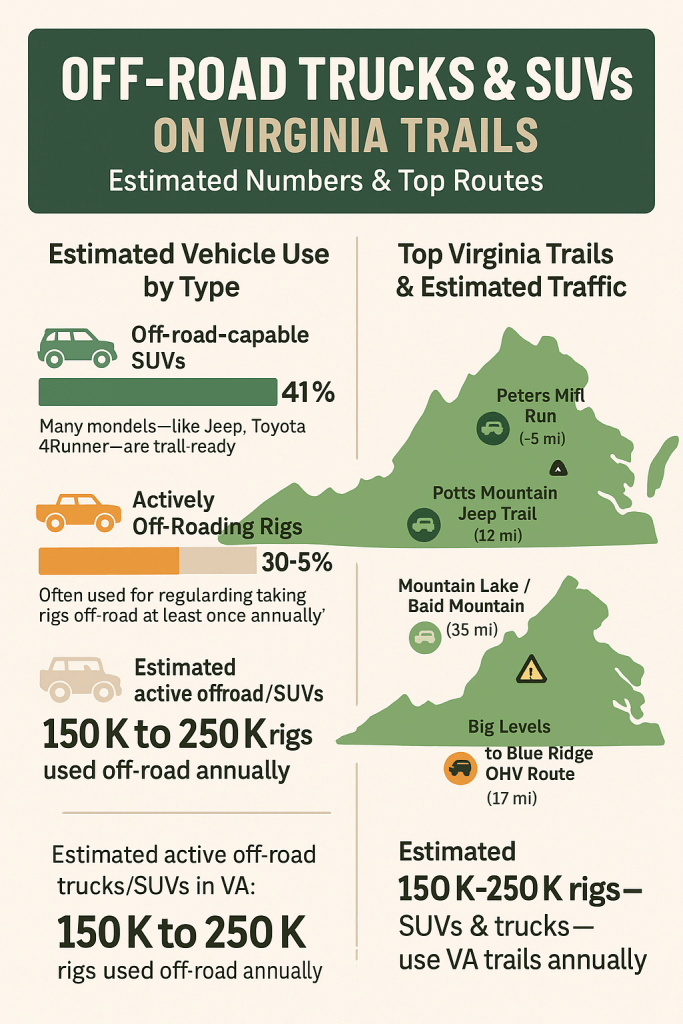
Estimating the Off-Road Community in Virginia
To estimate how many trucks and SUVs are actively hitting trails in Virginia, we have to start with the big picture:
- SUVs make up approximately 41% of registered vehicles in Virginia.
- Pickup trucks account for another 13–14%.
That means more than 50% of all registered personal-use vehicles in the state are capable of at least light trail use. Based on recent DMV data and automotive reporting, this equates to over 1 million trucks and SUVs on Virginia roads.
But how many of those actually go off-road?
National Participation Rates
National data from outdoor recreation studies and off-road enthusiast surveys show that 30% to 50% of SUV and truck owners use their vehicles off-road at least once a year. This includes light-duty trail runs, forest service roads, and moderate technical trails.

Applying That to Virginia
If we conservatively estimate that even 15% to 25% of Virginia SUV and truck owners venture off-road at least occasionally, that would mean:
150,000 to 250,000 off-road capable trucks and SUVs are used on Virginia’s trails each year.
That number might surprise some—but spend a weekend at Peters Mill Run, Bald Mountain, or on the forest roads near Flagpole Knob, and you’ll see just how alive the off-road scene really is.
The Most Popular Off-Road Trails for Trucks and SUVs in Virginia
Virginia offers a unique blend of trail types—ranging from well-graded gravel routes perfect for beginners, to deeply rutted rock climbs only suitable for heavily modified rigs. Here are a few of the most popular trails among truck and SUV owners.
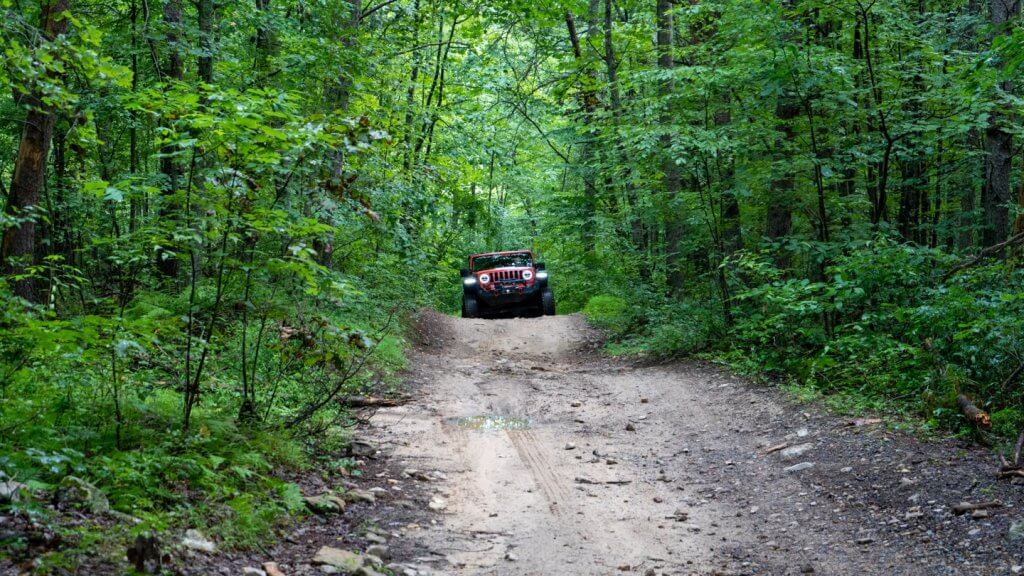
1. Peters Mill Run / Taskers Gap
Location: Shenandoah County
Trail Length: 36 miles (combined system)
Permit Required: Yes (daily or annual)
Trail Type: Mixed-use OHV trail
Part of the George Washington National Forest, Peters Mill Run is one of the few officially recognized OHV trail systems in northern Virginia. The trail is included in Jeep’s “Badge of Honor” program and attracts thousands of 4x4s annually. It features rocky sections, creek crossings, and elevation changes, making it an ideal gateway trail for mid-size trucks and SUVs with decent clearance and proper tires.
Estimated SUV/Truck Usage: 60–70% of total traffic
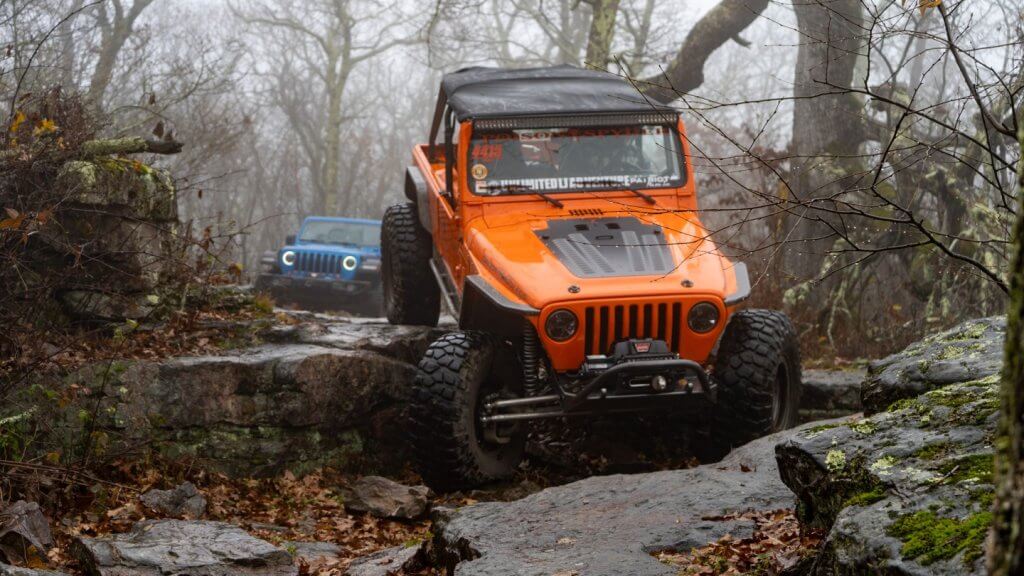
2. Potts Mountain Jeep Trail
Location: Near Covington, VA (close to WV border)
Trail Length: ~12 miles
Permit Required: None
Trail Type: Advanced rock crawling
If you want a challenge, Potts Mountain is it. Known for its gnarly rock gardens and steep drop-offs, this trail isn’t for the faint of heart—or stock vehicles. You’ll mostly find lifted Jeeps, Gladiators, and built Tacomas or Broncos navigating this one.
Estimated SUV/Truck Usage: 90–95% (mostly serious builds)
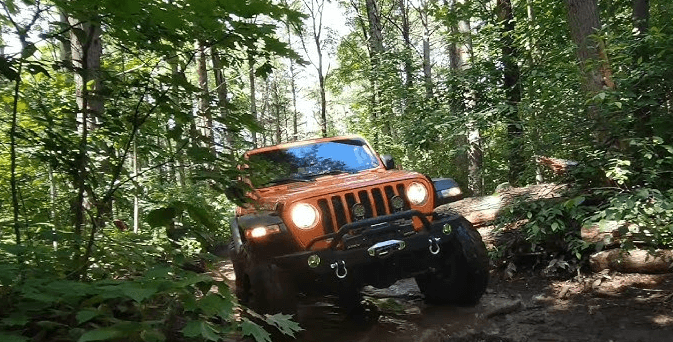
3. Mountain Lake / Bald Mountain Trails
Location: Blue Ridge Parkway / Central Virginia
Trail Length: 35 miles
Permit Required: None
Trail Type: Moderate forest service roads with technical sections
These routes offer some of the most scenic off-roading in the state. You’ll wind through forested ridgelines and valleys, navigating everything from dirt roads to rocky switchbacks. Popular with overlanders and truck campers, these trails attract Tacoma, Tundra, F-150, and 4Runner owners alike.
Estimated SUV/Truck Usage: 70–80%
4. Big Levels to Blue Ridge OHV Route
Location: Augusta County
Trail Length: ~17 miles
Permit Required: None
Trail Type: Intermediate difficulty with exposed rock, erosion, and steep climbs
This hidden gem is one of the most popular routes for mid-size and full-size 4×4 trucks. While not overly technical, the elevation changes and narrow paths mean you need to know your rig’s width and clearance. Great for group runs and first-time off-roaders with basic gear.
Estimated SUV/Truck Usage: 60–75%
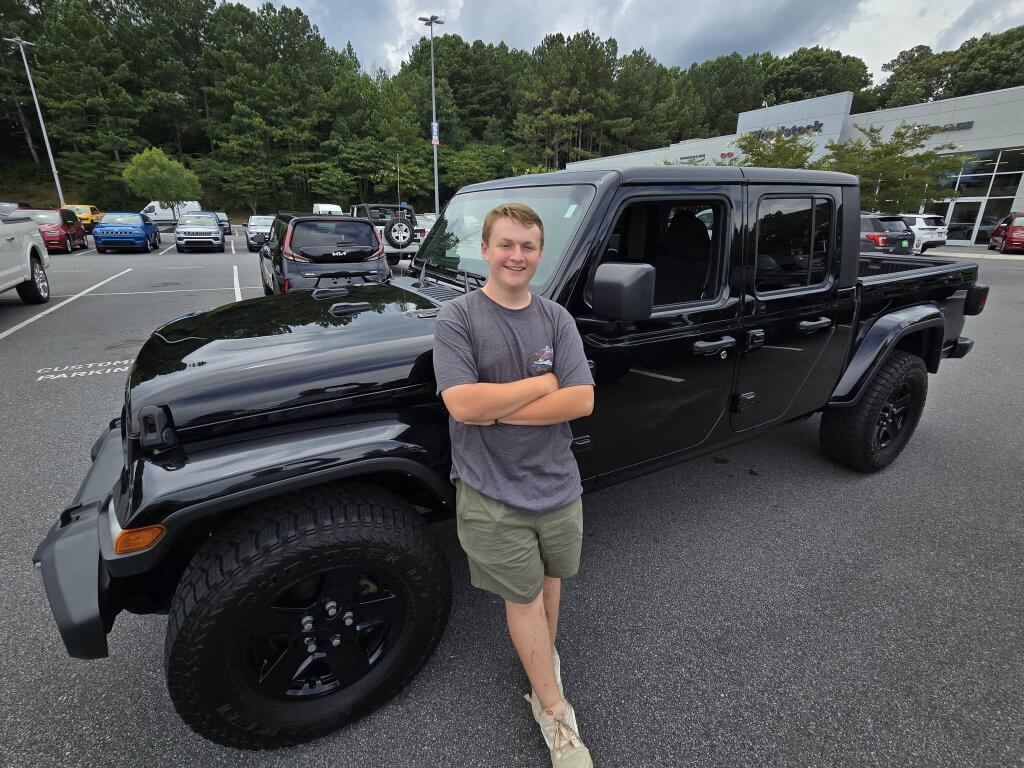
What Kinds of Rigs Are Out There?
Virginia’s trails see a wide range of vehicles. Here are the most common platforms we see at VA Off-Road events, trail rides, and in community meetups:
Most Common Off-Road SUVs:
- Jeep Wrangler (especially Rubicon and Willys trims)
- Toyota 4Runner (especially TRD Off-Road and Pro)
- Ford Bronco (2-door and 4-door)
- Subaru Outback Wilderness / Crosstrek (on lighter trails)
Most Common Off-Road Trucks:
- Toyota Tacoma (TRD Off-Road and Pro)
- Ford F-150 FX4 and Raptor
- Chevrolet Colorado ZR2
- Jeep Gladiator Rubicon
- Ram 1500 Rebel
Full-Size Rigs Making the Rounds:
- Ford Super Duty (built for off-grid camping)
- GMC Sierra AT4
- Tundra TRD Pro
- Older Land Cruisers and Lexus GX platforms
More and more overland-style builds are appearing on Virginia trails too, often with rooftop tents, solar panels, and recovery gear bolted onto the bed or roof.
Seasonal Trends and Usage Patterns
Off-road participation isn’t static—it tends to spike during certain months and at certain events. Here’s what we’ve seen:
- Peak Season: May through October
- Most Visited Trails: Peters Mill Run, Bald Mountain, Crabtree Falls Access Road
- Common Days: Saturdays and long weekends
- Group Size: Most runs are done in small groups of 2–5 vehicles for safety
Many off-roaders plan day trips or overnight camps near trail systems. Sites like Sherando Lake, Mountain Lake Lodge, or dispersed camping in GWNF make it easy to blend trail use with wilderness immersion.
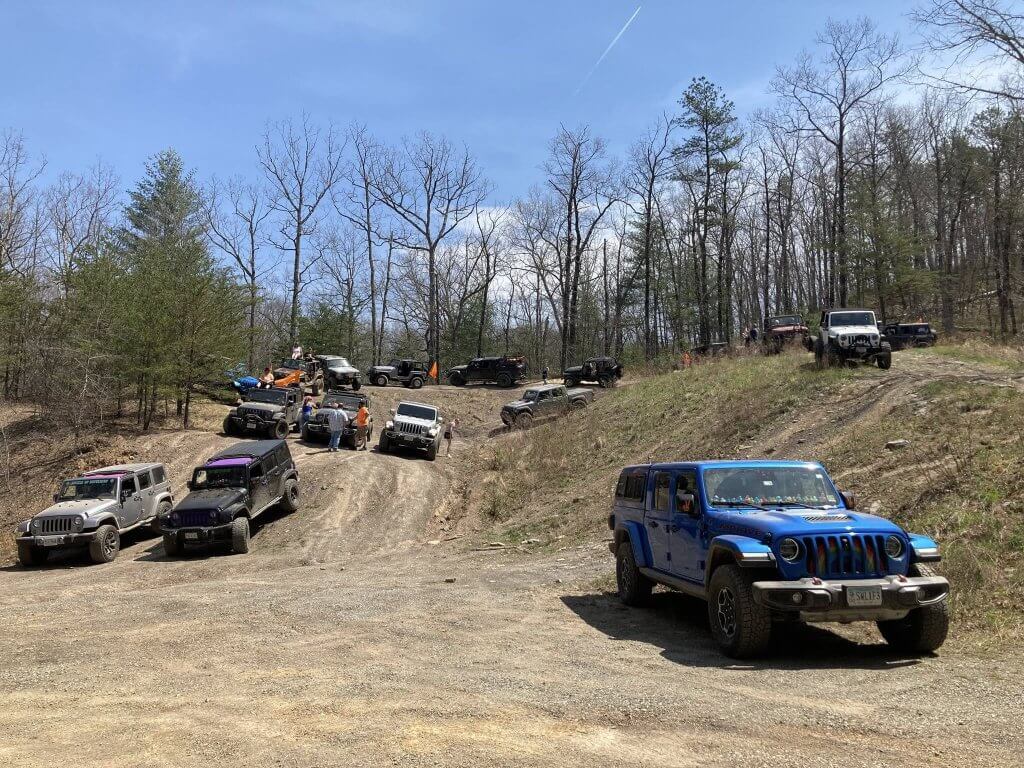
Education and Safety: Why It Matters
The rise in off-road popularity also means a rise in risks—damaged trails, illegal riding, and unprepared drivers. That’s where organizations like Virginia Off-Road step in.
We offer several programs to help new and experienced off-roaders stay safe and support our trails:
🧭 Trail Etiquette & Leave No Trace Course
Learn how to respect the trail, share space with hikers and bikers, and avoid trail damage.
🎓 Off Road 101 Class
Especially helpful for those buying their first off-road capable vehicle. We help you learn recovery gear basics, tire pressure adjustments, and how to choose beginner-friendly trails.
Trail Stewardship and Conservation
With up to 250,000 rigs using trails each year, protecting Virginia’s off-road access is more important than ever.
Here’s how VA Off-Road helps:
- Trail cleanup events throughout the year
- Partnerships with U.S. Forest Service
- Education programs for responsible riding
- “Trail to Recovery” rides supporting veterans
- Adopt-a-Highway cleanups in off-road-adjacent areas
When trails close, it’s often due to erosion, illegal dumping, or noise complaints. Together, we can keep these routes open by riding responsibly and giving back.
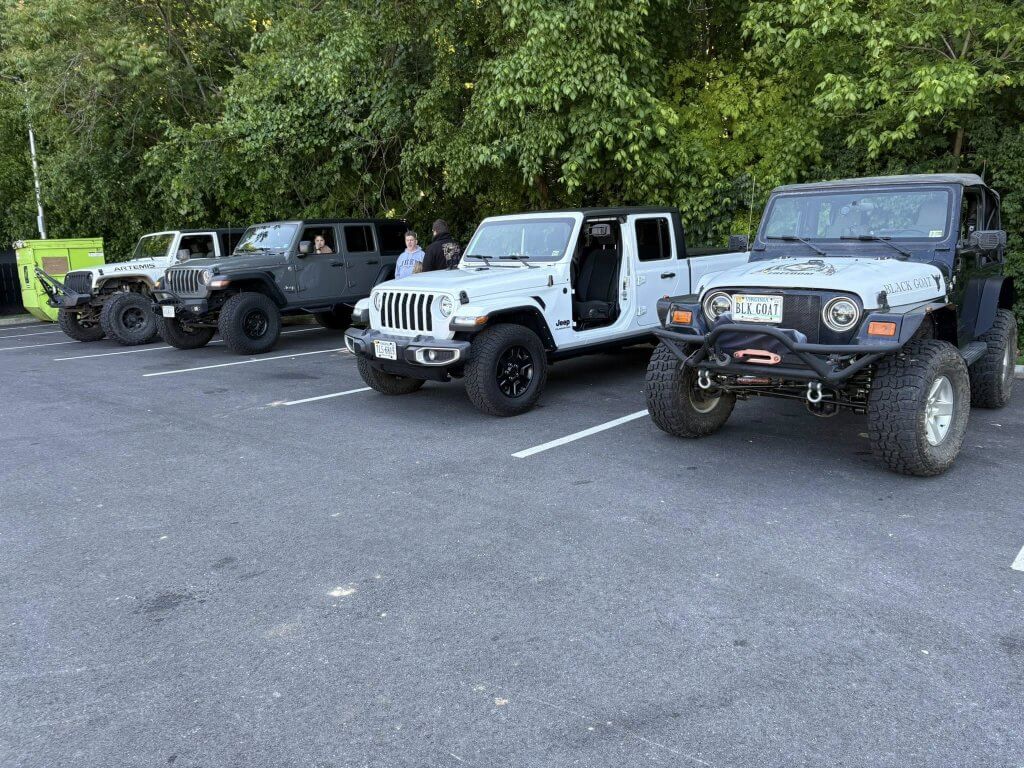
Why the Off-Road Community Keeps Growing
So why are so many people hitting the trails?
- It’s Affordable Adventure – No plane tickets or hotel bills.
- It’s Family Friendly – Bring your kids, pets, or grandparents.
- It Builds Skills – From mechanical understanding to map reading and winching.
- It Builds Community – Clubs, group rides, cookouts, and convoy runs are part of the fun.
Off-roading is one of the few recreational activities where a total stranger is likely to stop and help you recover your rig, lend you a spare part, or guide you over an obstacle.
Final Thoughts: A Trail for Everyone
Virginia’s off-road scene is alive and growing, with hundreds of thousands of trucks and SUVs finding their way into the woods each year. Whether you’re a seasoned wheeler or just unboxing your first tow strap, there’s a trail here with your name on it.
If you’ve ever wondered whether your vehicle can handle the wild terrain of the Blue Ridge, the answer might be: yes, with the right prep and support. Join our community at VAOffRoad.org, take a class, explore our trail maps, and see what’s possible when you leave the pavement behind.
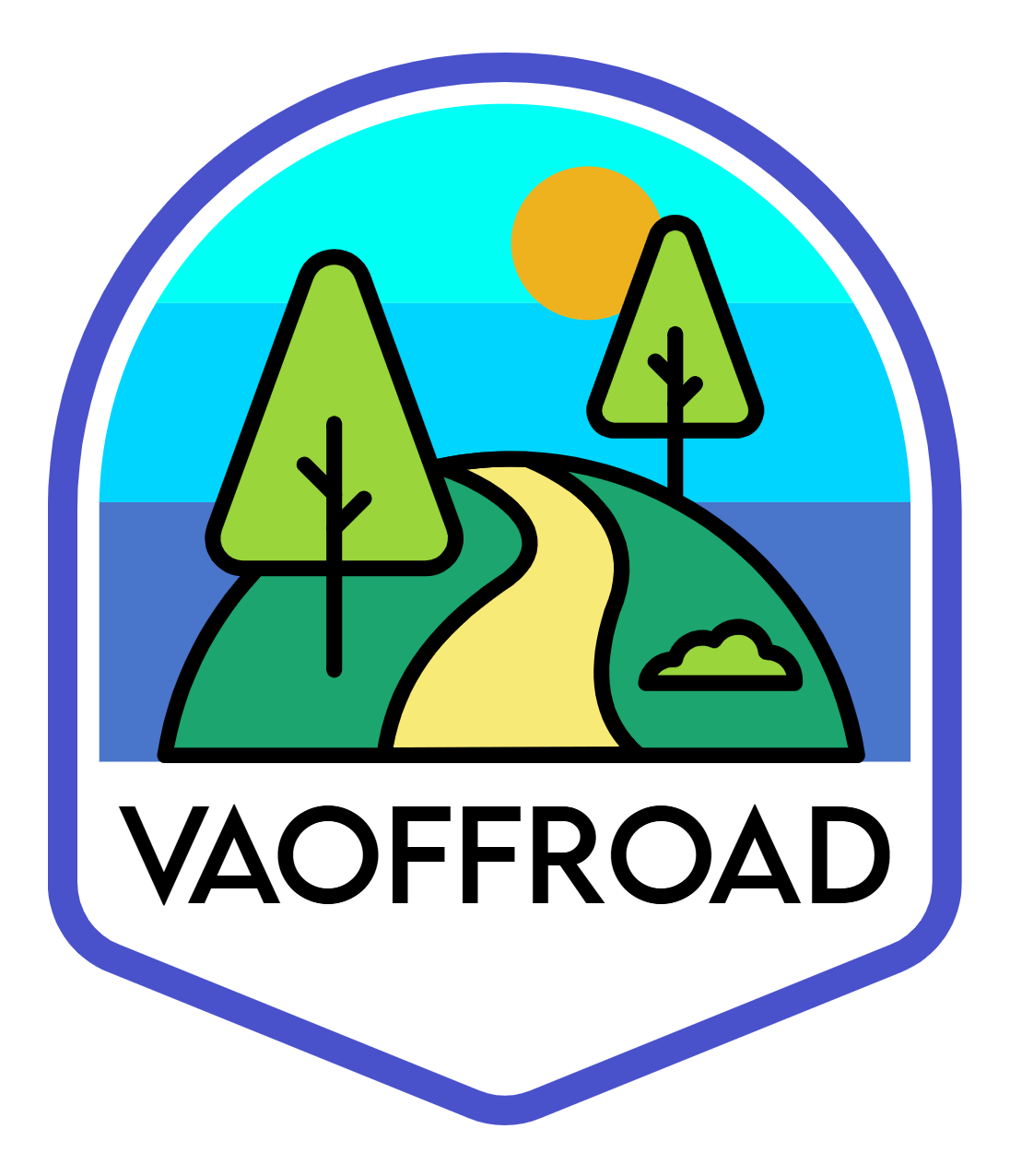



No responses yet